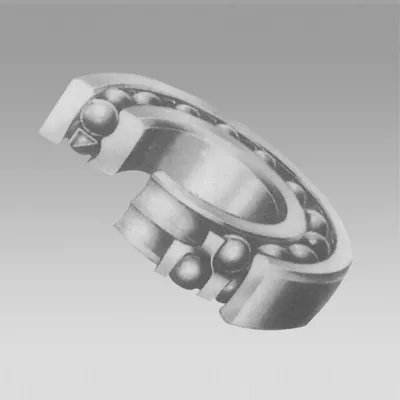
Nov . 07, 2024 22:26 Back to list
Alternative Designs for Spherical Bearing Blocks in Engineering Applications
Understanding Spherical Bearing Blocks Key Features and Applications
Spherical bearing blocks are critical components in various mechanical systems, designed to manage loads and facilitate movement in a range of applications. These blocks allow for angular misalignment and accommodate rotational movement, making them essential in machinery where precise alignment between connected components is challenging. This article will explore the structure, functionality, and applications of spherical bearing blocks.
Structure and Design
Spherical bearing blocks typically consist of a spherical-shaped inner surface that fits onto a compatible spherical outer surface. The two main components are the inner race (which contains a spherical bearing) and the outer housing. The inner race is often fixed to one component (like a shaft) while enabling the outer race to move freely. This design is crucial because it allows the bearing to pivot in multiple directions, reducing stress and wear on connected parts while improving overall performance.
The spherical shape of the bearing allows it to accommodate various misalignments, which can occur in dynamic environments due to thermal expansion, installation inaccuracies, or operational wear. Materials used in constructing these bearing blocks usually include high-strength alloys and composites that provide durability, corrosion resistance, and minimal friction. The type of lubrication used in spherical bearing blocks also plays a vital role in their performance, ensuring smooth operation and extending the service life of the component.
Features and Benefits
One of the primary features of spherical bearing blocks is their ability to handle loads in multiple axes. Unlike traditional cylindrical bearings, which can only support loads along a specific line, spherical bearings provide versatility in load distribution. This flexibility allows for smoother operation, especially in applications subjected to dynamic movements, heavy loads, or unpredictable alignment changes.
spherical bearing block

Another significant benefit of spherical bearing blocks is their ability to reduce wear and tear. When machinery is in operation, misalignment can lead to increased friction and premature failure of components. By accommodating misalignment, spherical bearings prolong the life of not only themselves but also the machinery they are part of, thereby reducing maintenance costs and downtime.
Applications in Industry
Spherical bearing blocks are widely used in various sectors, including manufacturing, automotive, aerospace, and construction. In manufacturing, these components are commonly employed in machines like conveyors, mixers, and robotic arms, where accurate movement is integral to efficiency and productivity. In the automotive industry, spherical bearing blocks are frequently found in suspension systems, allowing for greater vehicle responsiveness and comfort by ensuring that wheels maintain traction on uneven road surfaces.
In the aerospace sector, these bearings are utilized in flight control systems, ensuring precise movements and stability during flight. Their use in construction machinery, such as cranes and excavators, helps accommodate the various dynamic forces these large machines encounter, enhancing their operational efficiency and effectiveness.
Conclusion
Spherical bearing blocks play a vital role in modern engineering, offering unique advantages that improve performance and longevity in various applications. With their ability to accommodate misalignment and distribute loads effectively, they are indispensable in numerous industries. As technology advances, the design and materials used in spherical bearing blocks may continue to evolve, leading to even greater efficiencies and capabilities in mechanical systems. Understanding their functionality and benefits is essential for engineers and technicians focused on optimizing machine performance and reliability.
Latest news
-
Grooved Ball Bearing Design and Functionality
NewsJun.04,2025
-
Concrete Mixer Bearing Load Capacity Testing
NewsJun.04,2025
-
6004 Bearing Dimensions in Robotic Joint Designs
NewsJun.04,2025
-
Advantages of Single-Row Deep Groove Ball Bearings
NewsJun.04,2025
-
Applications of Deep Groove Ball Bearings in Automotive Systems
NewsJun.04,2025
-
Innovations in Bearing Pressing Machine Design
NewsJun.04,2025
